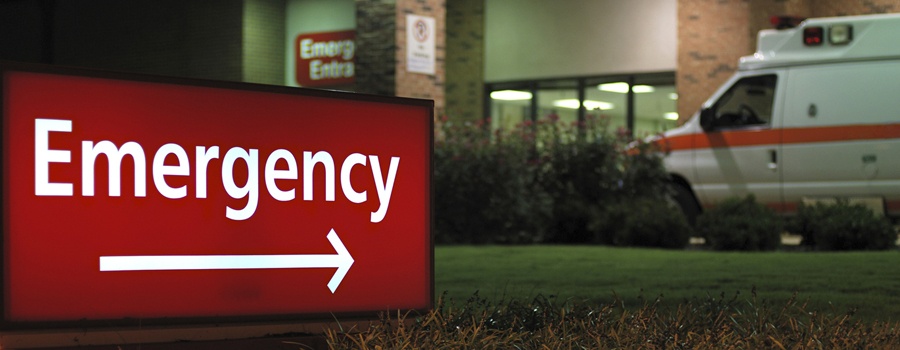WASHINGTON – Compared to other medical settings, emergency patients who are prescribed opioids for the first time in the emergency department are less likely to become long-term users and more likely to be prescribed these powerful painkillers in accordance with The Centers for Disease Control and Prevention guidelines. A paper analyzing 5.2 million prescriptions for opioids is being published online today in Annals of Emergency Medicine (“Opioid Prescribing for Opioid-Naïve Patients in Emergency Department and Other Settings: Characteristics of Prescriptions and Association with Long-Term Use”).
“Our paper lays to rest the notion that emergency physicians are handing out opioids like candy,” said lead study author Molly Moore Jeffery, PhD., scientific director of the Mayo Clinic Division of Emergency Medicine Research in Rochester, Minn. “Close adherence to prescribing guidelines may help explain why the progression to long-term opioid use is so much lower in the ER. Most opioid prescriptions written in the emergency department are for a shorter duration, written for lower daily doses and less likely to be for long-acting formulations.”
In the emergency department, opioid prescriptions exceeding seven days were 84 to 91 percent (depending on insurance status) lower than in non-emergency settings. Prescriptions from the ER were 23 to 37 percent less likely to exceed 50 morphine milligram equivalents and 33 to 54 percent less likely to exceed 90-milligram equivalents (a high dose). Prescriptions from the ER were 86 to 92 percent less likely to be written for long-acting or extended-release formulations than those attributed to non-emergency settings.
Regardless of insurance status, patients receiving opioid prescriptions in the emergency department were less likely to progress to long-term opioid use. For patients seen in the ER, 1.1 percent with private insurance, 3.1 percent with Medicare (age 65 or older) and 6.2 percent with disabled Medicare progressed to long-term use. Put another way, patients with commercial insurance were 46 percent less likely to progress to long-term opioid use, Medicare patients age 65 and older were 56 percent less likely to progress to long-term opioid use and patients with disabled Medicare were 58 percent less likely to progress to long-term use if they received an opioid prescription in the emergency department.
“Over time, prescriptions written in the ER for high-dose opioids decreased between 2009 and 2011,” said Ms. Jeffery. “Less than 5 percent of opioid prescriptions from the ER exceeded seven days, which is much lower than the percentage in non-emergency settings. Further research should explore how we can replicate the success of opioid prescribing in emergency departments in other medical settings.”
